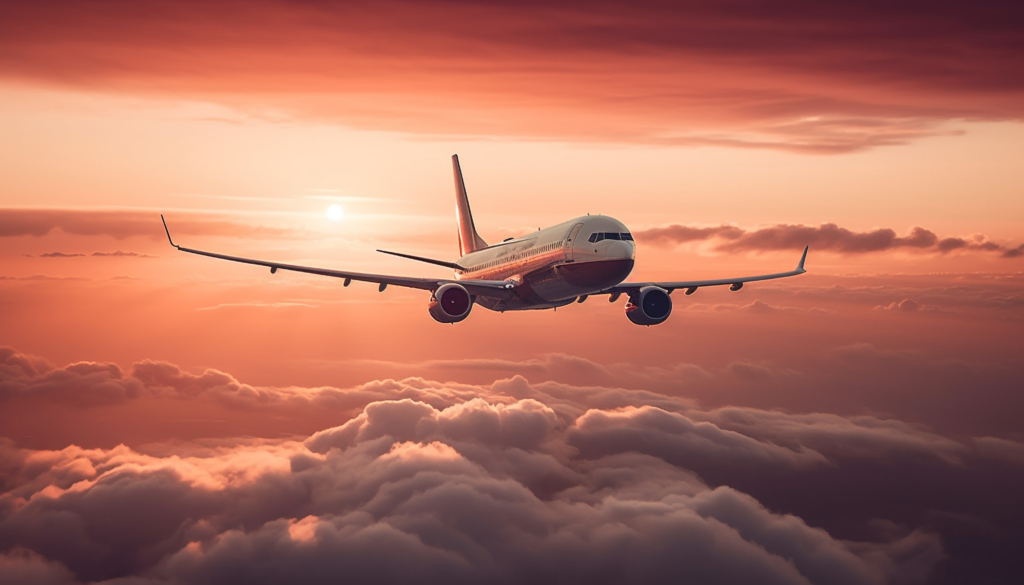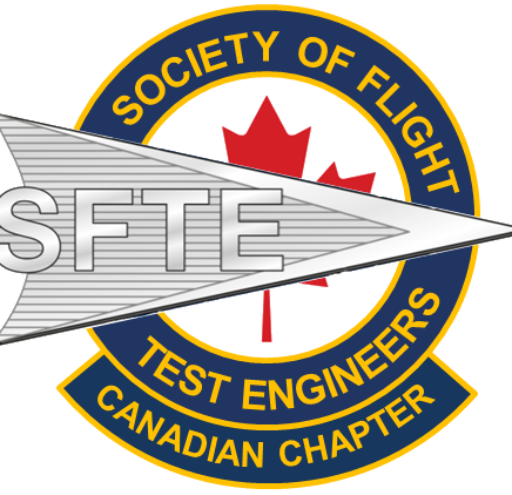
Flight Test Events
Flight test events are crucial milestones in the development and
certification of aircraft and spacecraft. These events are not only exciting
showcases of technological advancement but also a rigorous process that ensures
the safety and functionality of flying machines. In this article, we will delve
into the world of flight test events, exploring their significance and the key
aspects that make them essential in aviation and aerospace.
The Purpose of Flight Test Events
Flight test events serve several important purposes:
1. Safety and Reliability
Safety is paramount in aviation and aerospace. Before a new aircraft or
spacecraft can enter service or production, it must undergo a series of
rigorous flight tests. These tests are designed to evaluate the safety and
reliability of the vehicle, ensuring it can operate under a wide range of
conditions without compromising the lives of passengers or crew.
2. Performance Evaluation
Flight test events are also a way to assess the performance of an aircraft
or spacecraft. Engineers and test pilots collect data on speed, altitude,
maneuverability, fuel efficiency, and other performance metrics. This
information is vital for fine-tuning the design and ensuring that the vehicle
meets its intended specifications.
3. Handling Characteristics
Testing the handling characteristics of an aircraft or spacecraft is
critical. How a vehicle responds to various flight conditions, such as
turbulence or extreme maneuvers, must be thoroughly understood to guarantee the
safety of its occupants.
4. Systems Integration
Modern aircraft and spacecraft are equipped with a wide range of complex
systems, including avionics, propulsion, and control systems. Flight test
events help ensure that these systems work together seamlessly, reducing the
risk of malfunctions or failures during actual flights.
The Stages of Flight Test Events
Flight test events are typically divided into several stages:
1. Ground Testing
Before taking to the skies, extensive ground testing is conducted. This
includes testing engines, systems, and other components under controlled
conditions to identify any issues or areas that need improvement.
2. Flight Envelope Expansion
During this stage, test pilots progressively explore the aircraft’s or
spacecraft’s flight envelope, pushing its limits to understand how it performs
at various altitudes, speeds, and load conditions. This phase is critical for
determining the vehicle’s operational capabilities.
3. Performance and Handling
Engineers and pilots assess how the vehicle performs under normal flight
conditions and evaluate its handling characteristics. This stage helps identify
any issues related to stability and control.
4. Systems Integration
This phase focuses on ensuring that all systems work together harmoniously.
Test pilots perform a variety of maneuvers and procedures to assess how well
the avionics, propulsion, and other systems function in unison.
The Future of Flight Test Events
As technology continues to advance, flight test events will play a pivotal
role in the development of next-generation aircraft and spacecraft. With the
emergence of commercial space travel and the development of cutting-edge
aviation technologies, we can expect flight test events to remain at the
forefront of innovation in the aerospace industry.
In conclusion, flight test events are not just exhilarating demonstrations
of human ingenuity and engineering prowess; they are the gatekeepers of safety,
reliability, and performance in aviation and aerospace. These events, from the
early flights of the Wright brothers to the modern space exploration endeavors,
showcase our relentless pursuit of the skies and beyond.

